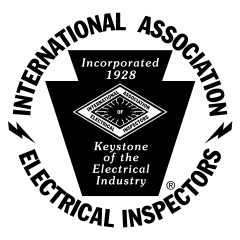Testing a Vacant House
Inspectors are frequently asked to perform radon tests as part of a home sale when the house is vacant. There are a few things to keep in mind.
First, make sure the person in charge of the property understands that ALL windows and external doors must be kept closed 12 hours prior to starting the test. Normal entry and exit from the house is permitted, but the door should be closed immediately. If other contractors (painters, carpet layers, etc.) are expected to be working during the 12 hours or during the anticipated radon test period, you might want to recommend delaying the test until the house can remain closed.
Second, also let the individuals know that the heating and/or cooling system should be set to run normally during the test as well. This does not apply to whole house fans or other systems that are designed to run temporarily and bring in a lot of outside air. Instead, we are trying to make sure that the house isn’t being tested at unusually low or unusually high temperatures when the furnace or central air would be moderating the indoor temperatures. Running these systems will allow the air circulation patterns and stack effect to be as normal as possible during the test.
Finally, we want to try to keep the house as normal as possible to lived-in conditions. We don’t want to bring in a lot of changes that could falsely influence the indoor environment or the radon levels within the house. Closed-house conditions require external doors to remain closed, but inside doors should be left in a normal configuration so air circulation patterns are normal. Closed-house conditions help to control rapid air pressure fluctuations inside which could cause rapid radon fluctuations too.









